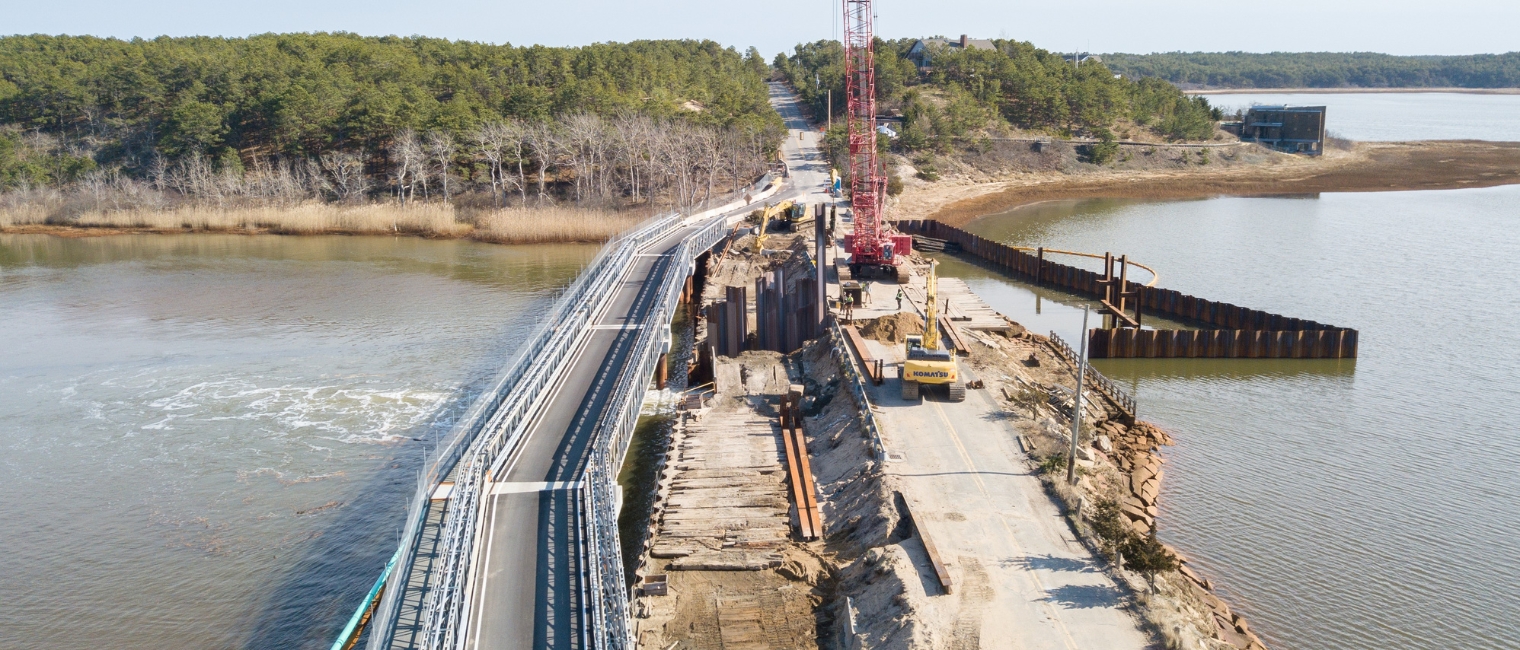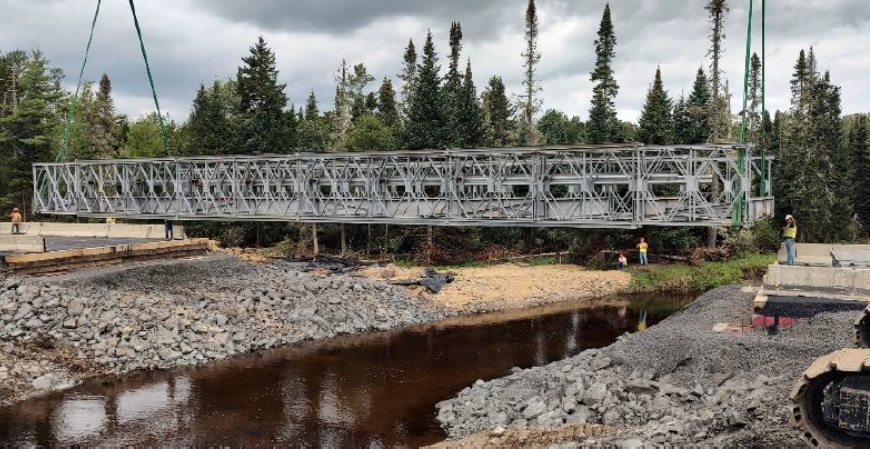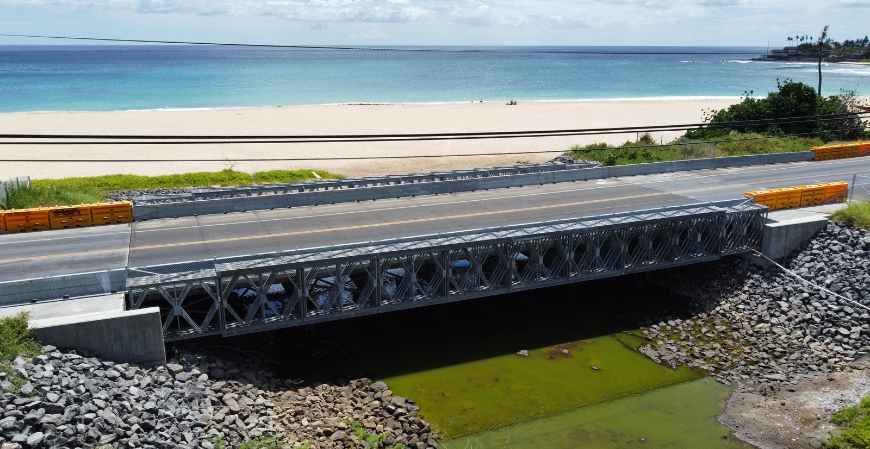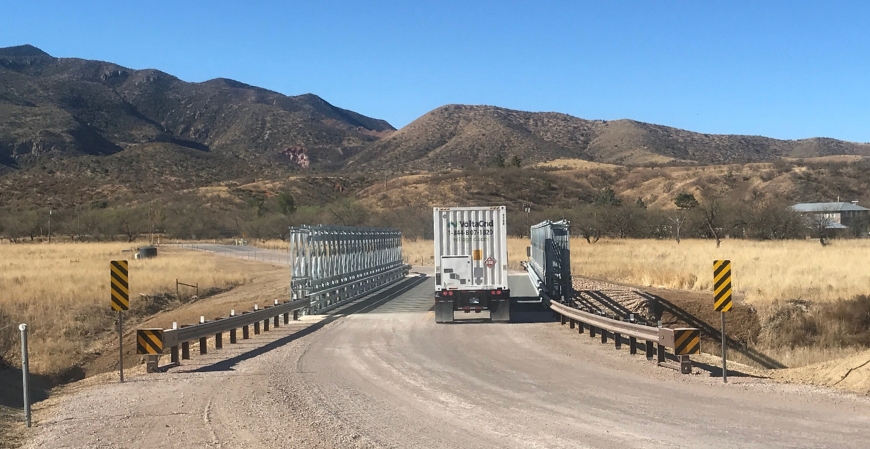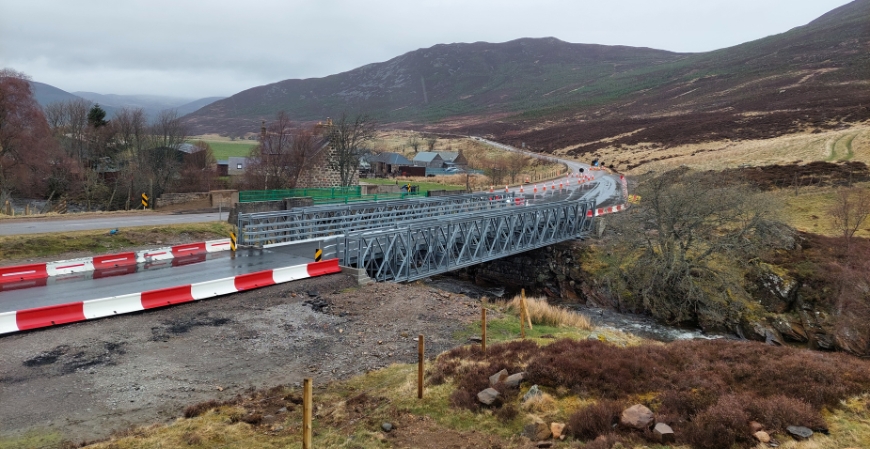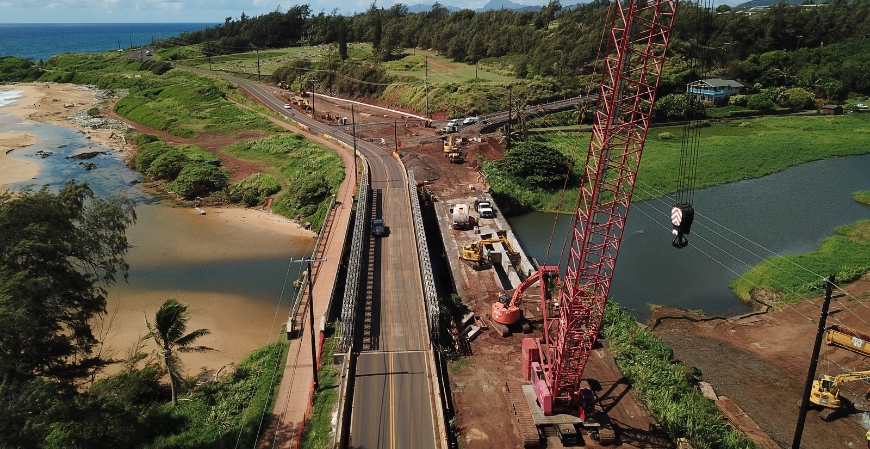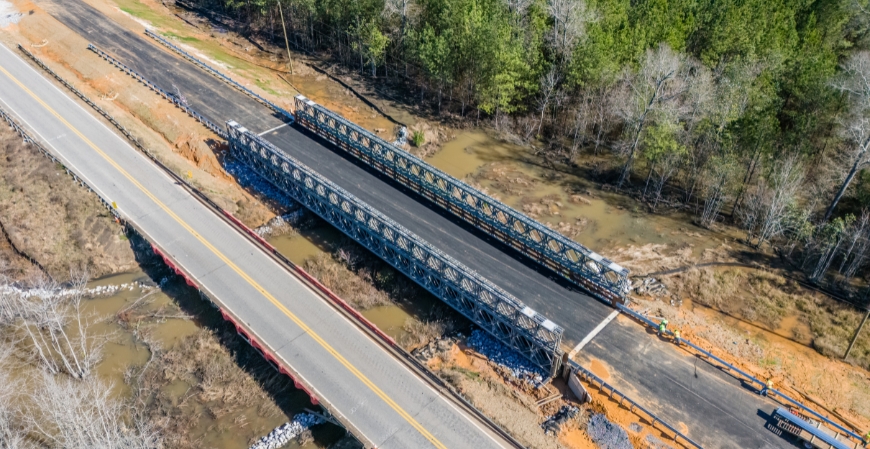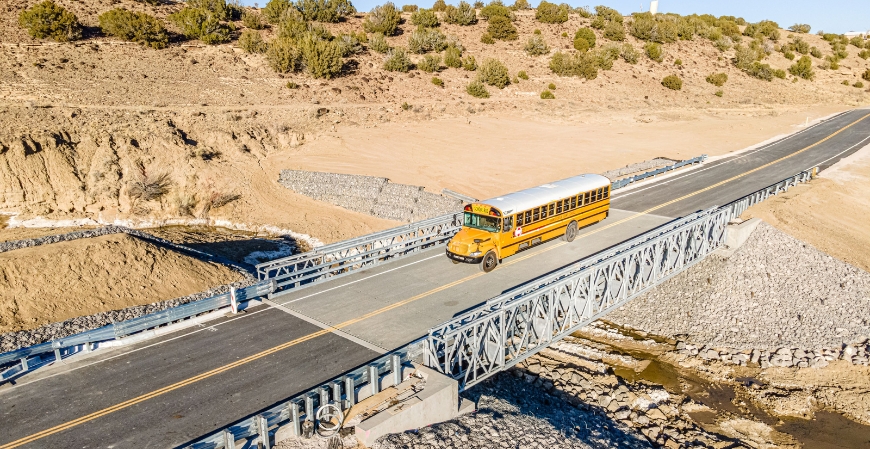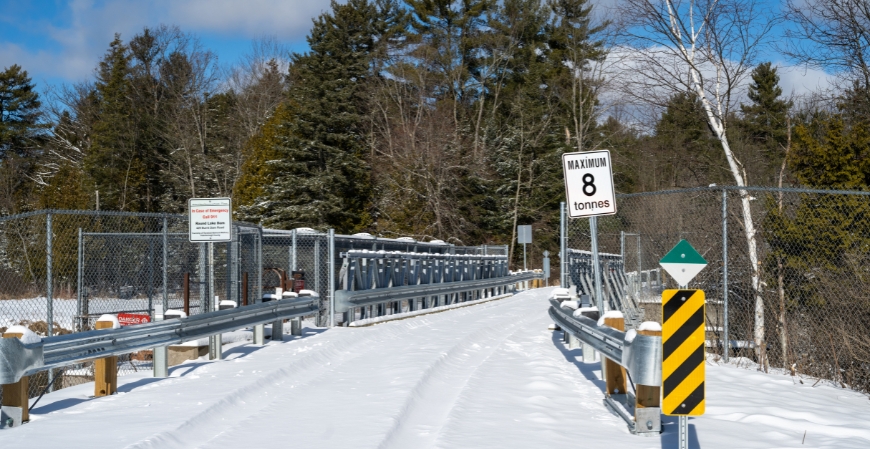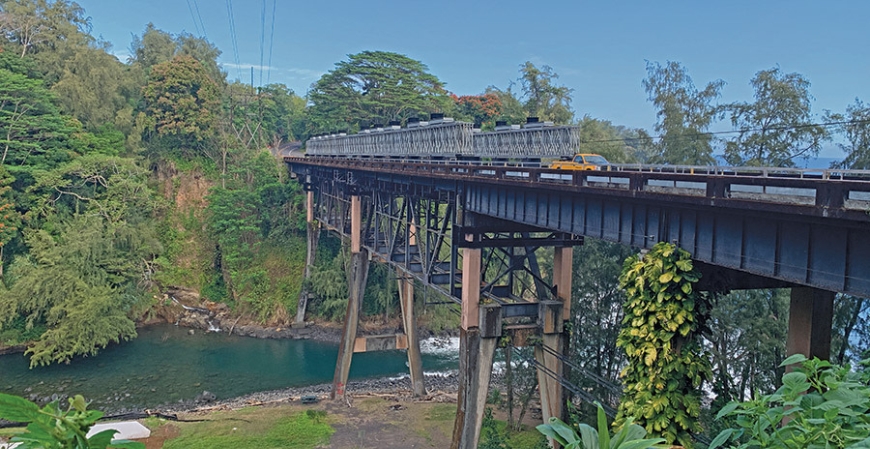In 1909, an earthen dike was constructed on Chequessett Neck in Wellfleet, Massachusetts, at the mouth of the Herring River, in part to drain the wetlands for mosquito control. Over many years, the obstructed tidal flow transformed the salt and freshwater mix of the estuary into a completely freshwater environment, resulting in the degradation of the ecosystem. To remedy this, the Herring River Restoration Project was launched to restore the full natural tidal range across hundreds of acres of the floodplain.
As the initial phase of the yearslong project, the dike will be replaced with a bridge with tide gates spanning its length to allow a controlled reintroduction of tidal salt water into the river from Wellfleet Harbor. This will lead to a gradual return of marsh vegetation, improving the habitat for fish and wildlife, and enabling herring to once again spawn in the watershed’s ponds. Because the road above the dike provides the only access for some town residents and is used by first responders, a safe and reliable detour route was needed for the duration of the construction and a single-lane modular steel bridge from Acrow was selected.
Acrow’s 700XS® solution consists of four spans and has a total length of 320 feet (97.54m). The curb-to-curb width of the structure is 13.78 feet (4.2m) with a 5-foot (1.52m) pedestrian footwalk cantilevered on one side of the bridge. The bridge has TL-3 guide rails with 2” asphalt overlay on the deck and was designed to AASTHO HL-93.
The bridge was rented to project contractor MIG Corporation and assembled and installed by Atlantic Bridge & Engineering, Inc. It was officially opened to traffic in March 2024 and will remain in service through the completion of the new permanent structure.
Image Source: MIG Corporation Inc. Copyright MIG Corporation Inc. Reproduced with permission of the MIG Corporation Inc.
